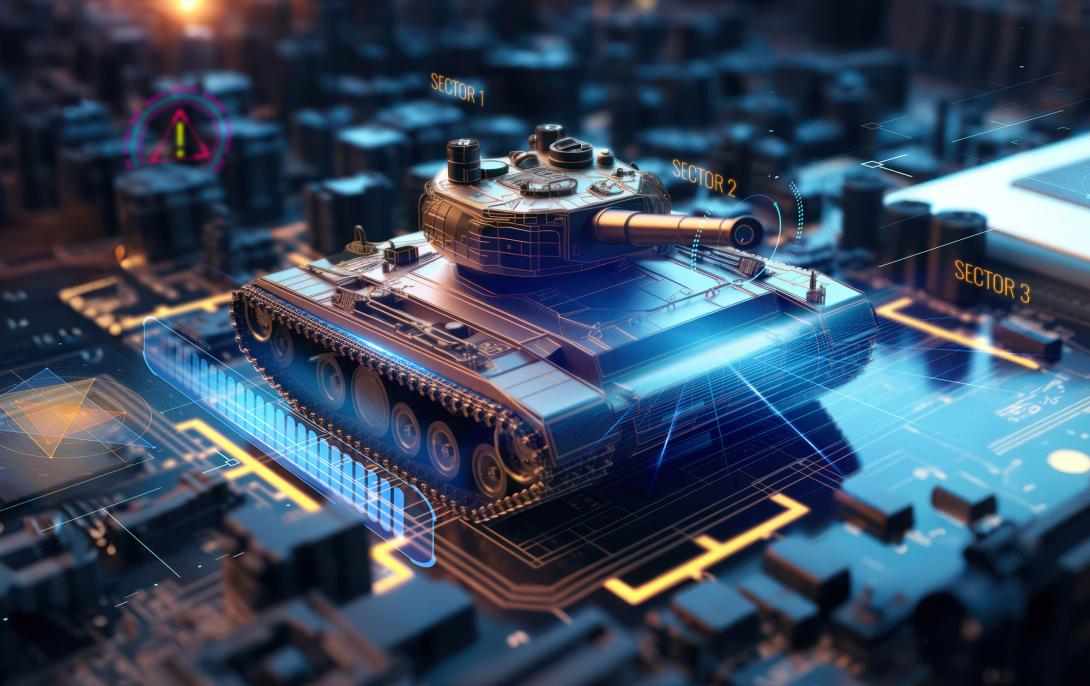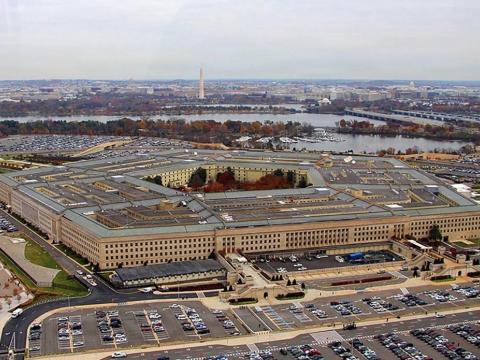President's Commentary: Focus on The Cyber Edge
As recent conflicts have proven, cyber capabilities are central to modern tactical operations. Cyber affects, enables or enhances virtually every weapon system, capability and mission area. As Lt. Gen. Paul Stanton, USA, commander, Joint Forces Headquarters-Department of Defense Information Network, and director of the Defense Information Systems Agency, has pointed out, even the M4 rifle now has sensors integrated onto it.
Cyber enhances situational awareness and allows more informed planning and decision-making. In addition, offensive cyber operations disrupt enemy command, control, communications, intelligence, surveillance, reconnaissance and logistics, effectively hindering an enemy’s ability to coordinate and execute missions.
When cyber capabilities are sufficiently resilient, they ensure the continuation of military operations despite challenges in denied, degraded, intermittent or limited environments. Overall, cyber capabilities at the tactical edge provide military forces with a significant strategic advantage, enabling them to operate more securely, efficiently and effectively in modern conflicts.
Obstacles to providing tactical-edge cyber capabilities can include a lack of reliable infrastructure in remote or hostile environments and a lack of real-time processing power to locally process and analyze data.
Fortunately, the Department of Defense (DoD) recognizes the challenge. The 2023 Software Modernization Implementation Plan, for example, called for accelerating the enterprise cloud environment and resilient cloud capabilities at the edge. “Cloud services outside the continental United States (OCONUS) are fundamental to enabling the Joint All Domain Command and Control (JADC2) vision. DoD Components must be able to deploy joint applications and systems to the tactical edge as a seamless global cloud,” the implementation plan states. “Edge computing must provide sufficient capacity, bandwidth, and access; consistent production environment configurations; and separate security boundaries with rapid approval processes. DoD must provide coordinated cloud services OCONUS and at the tactical edge to enable the warfighter with faster decision-making capabilities.”
The JADC2 strategy offers an approach for identifying, organizing and improving joint force command and control. A Defense Department article describes it as a “warfighting necessity to keep pace with the volume and complexity of data in modern warfare and to defeat adversaries decisively.” JADC2 enables joint forces to sense, make sense and act on information across the battlespace quickly using automation, artificial intelligence, predictive analytics and machine learning to deliver informed solutions via a resilient and robust network environment, the article adds.
With the department racing to implement a modern, data-centric strategy, securing the reams of data and the systems and networks that collect, process, analyze, transport and store that data takes on even greater significance.
In March, Defense Secretary Pete Hegseth signed a memo, Directing Modern Software Acquisition to Maximize Lethality, which aims to streamline software development and delivery to warfighters. Hegseth wrote in his memo that when the department struggles to reframe its acquisition process from a hardware-centric approach to a software-centric approach, “the warfighter ... pays the price.”
By leveraging enterprise services, officials hope to ensure new software meets rigorous standards without slowing progress—protecting both systems and the warfighters who rely on them, according to a Pentagon announcement. “The new reform effort isn’t just about faster software—it’s about empowering those on the front lines.”
At TechNet Cyber, being held May 6-8 in Baltimore, AFCEA International plans to do our part in helping find solutions for warfighters at the tactical edge and across the department, as well as for first responders, homeland security personnel and the intelligence community. We will bring together military, government, industry and academia to work together, identify the threats, challenges and the technology gaps facing our national security and defense community—and ultimately, find the right cyber solutions to execute their missions successfully.





Comments